Owner: Josh Go Hard Neal
Year: 2012
Model: Maxima
Color: Charcoal
Transmission: 6-Speed Manual
Trim: SV


































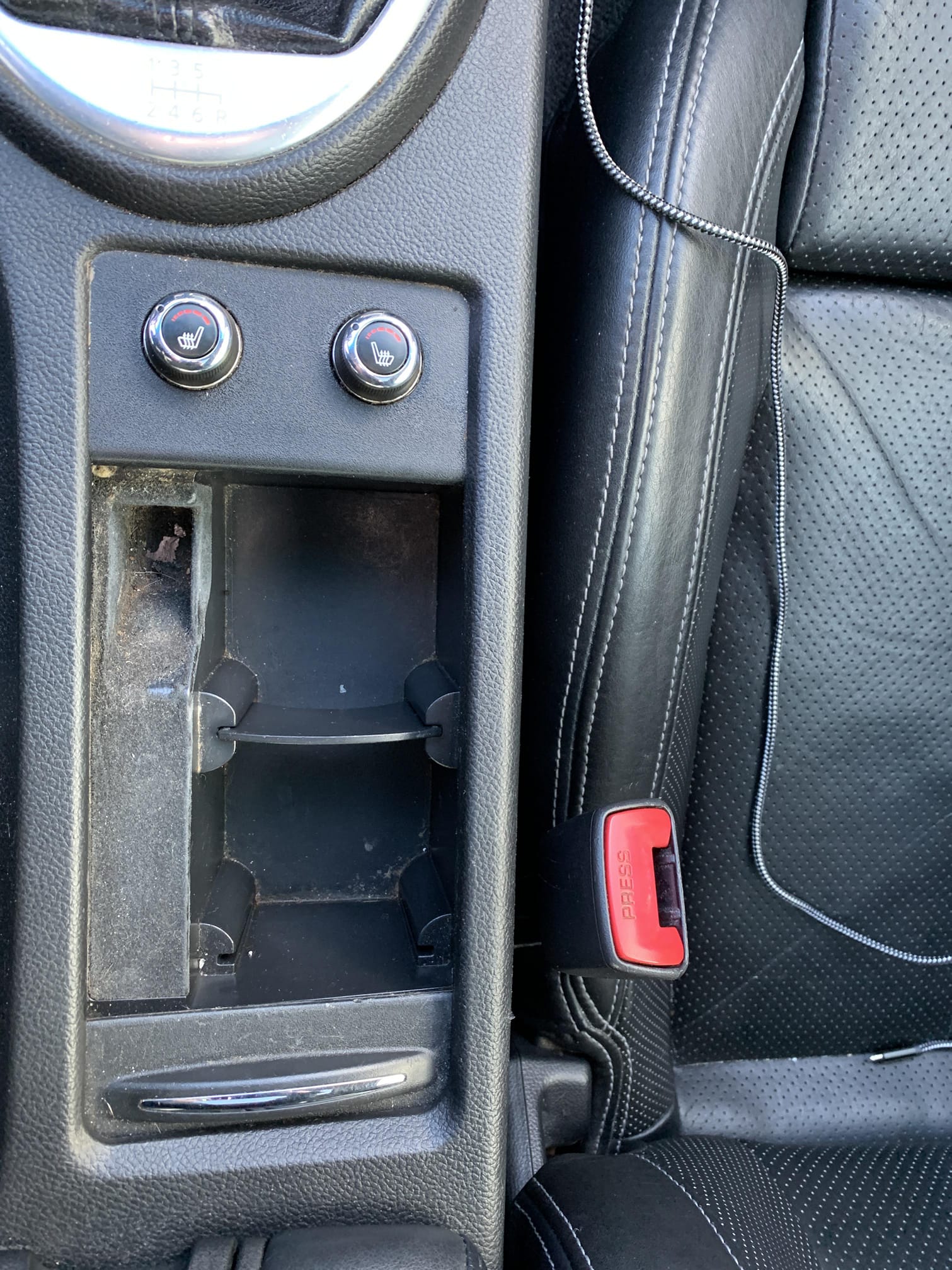
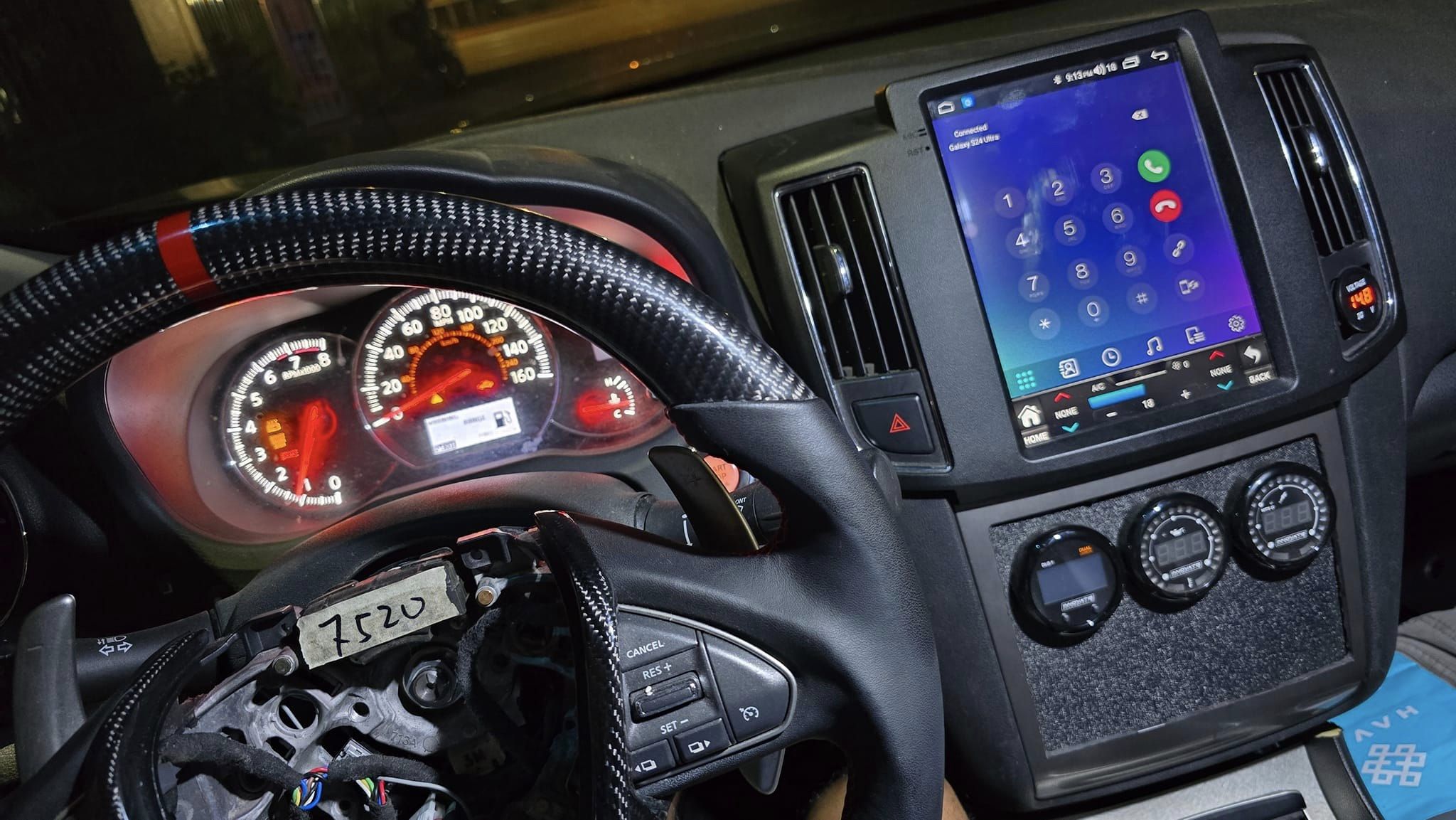
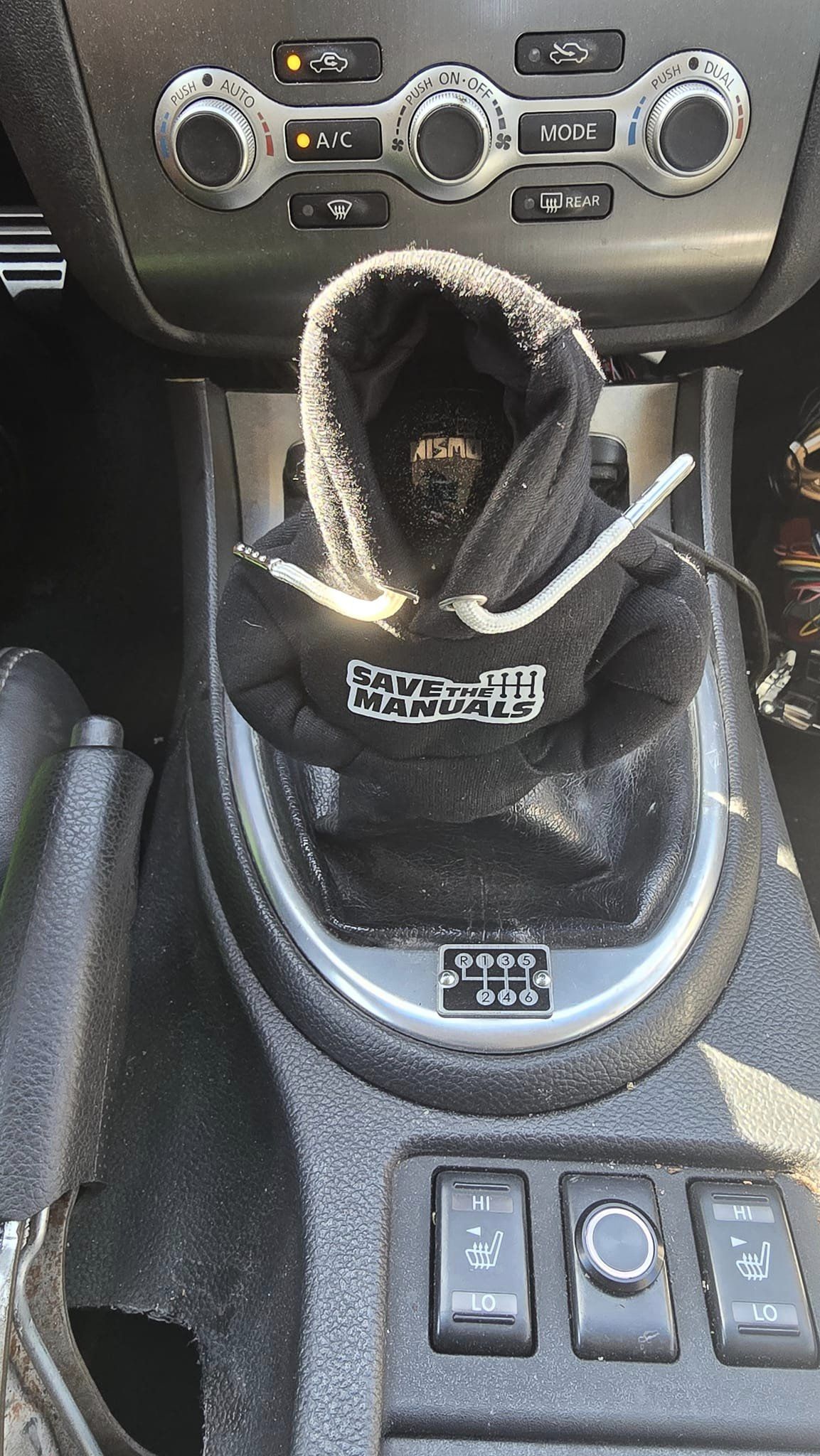
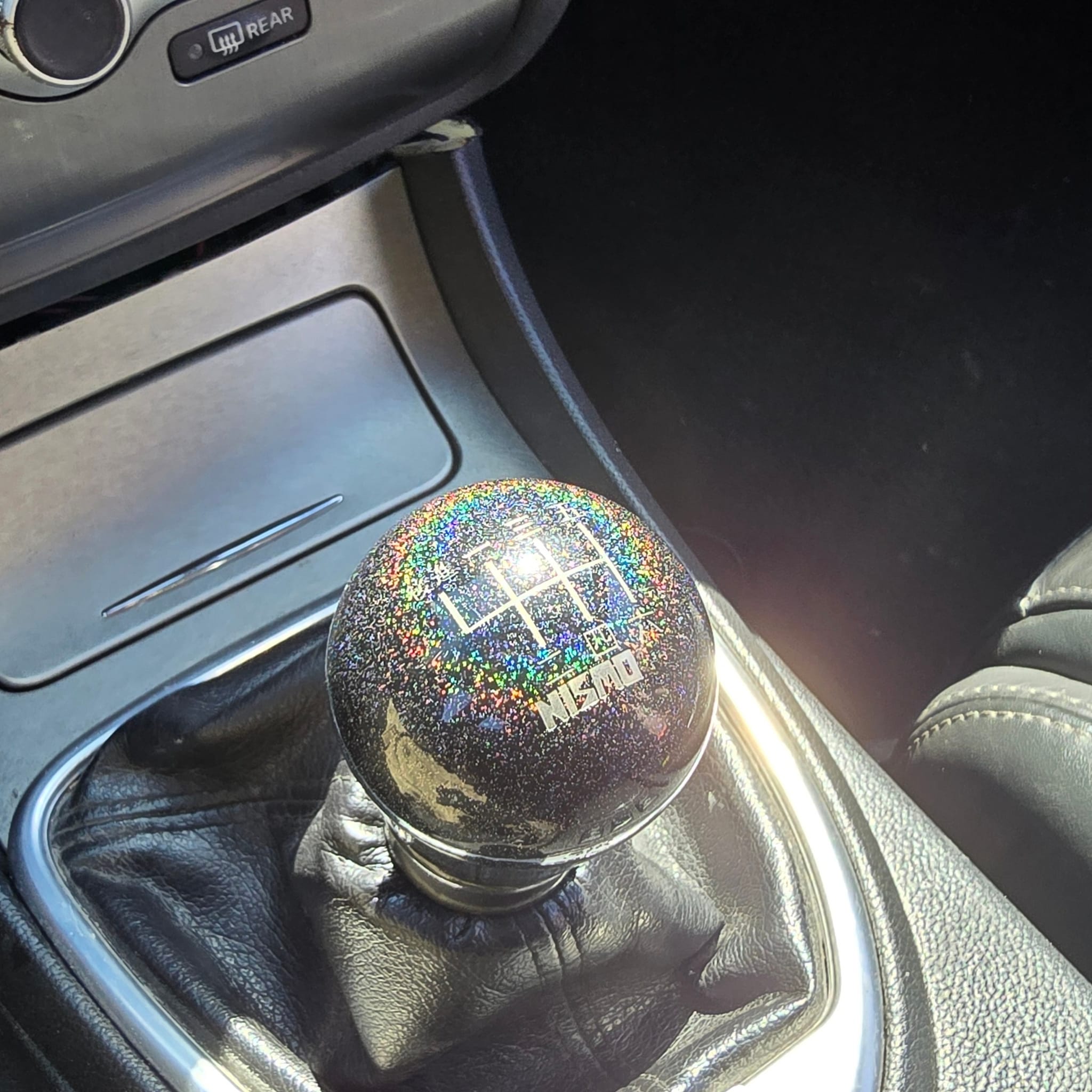
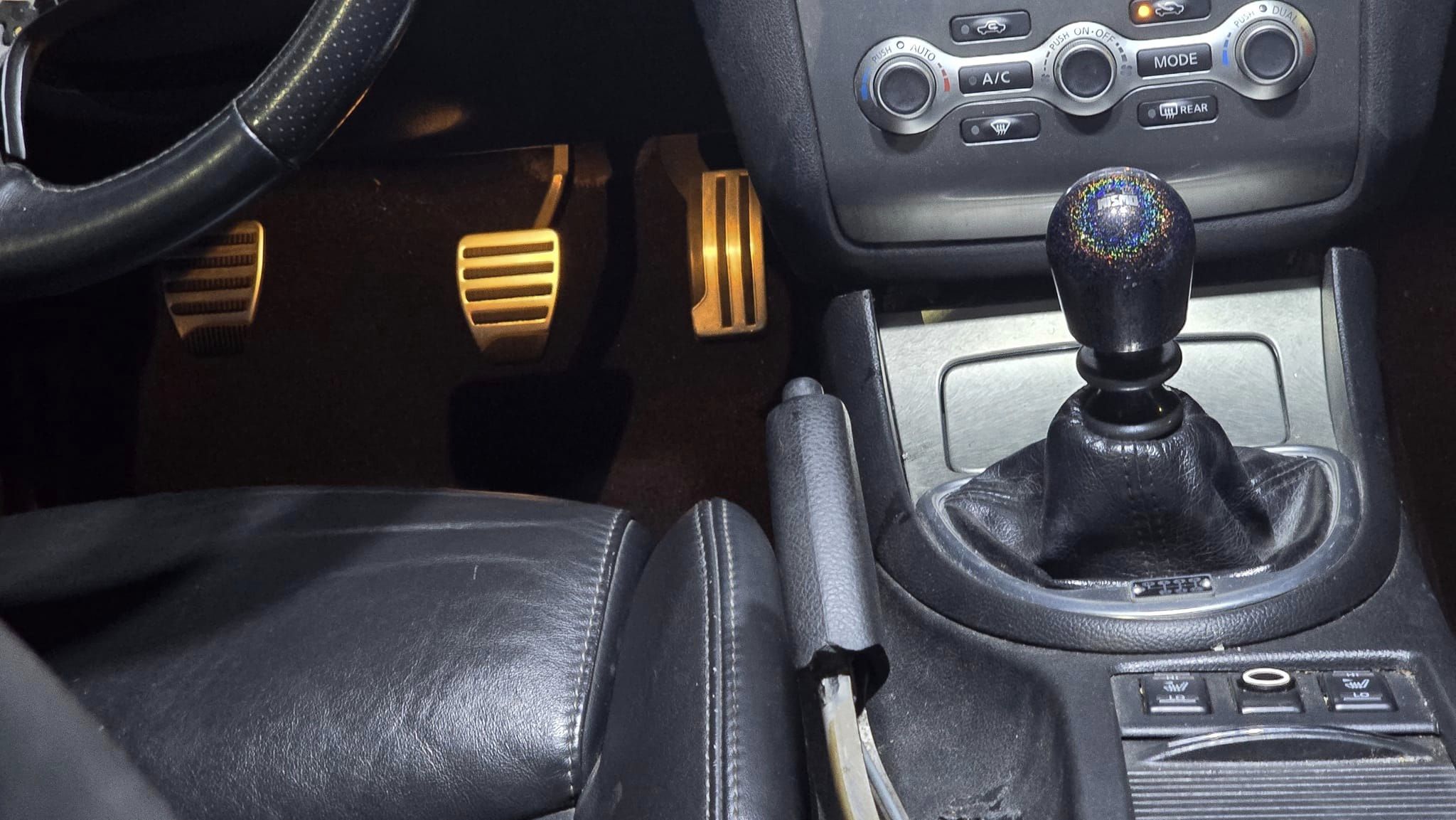
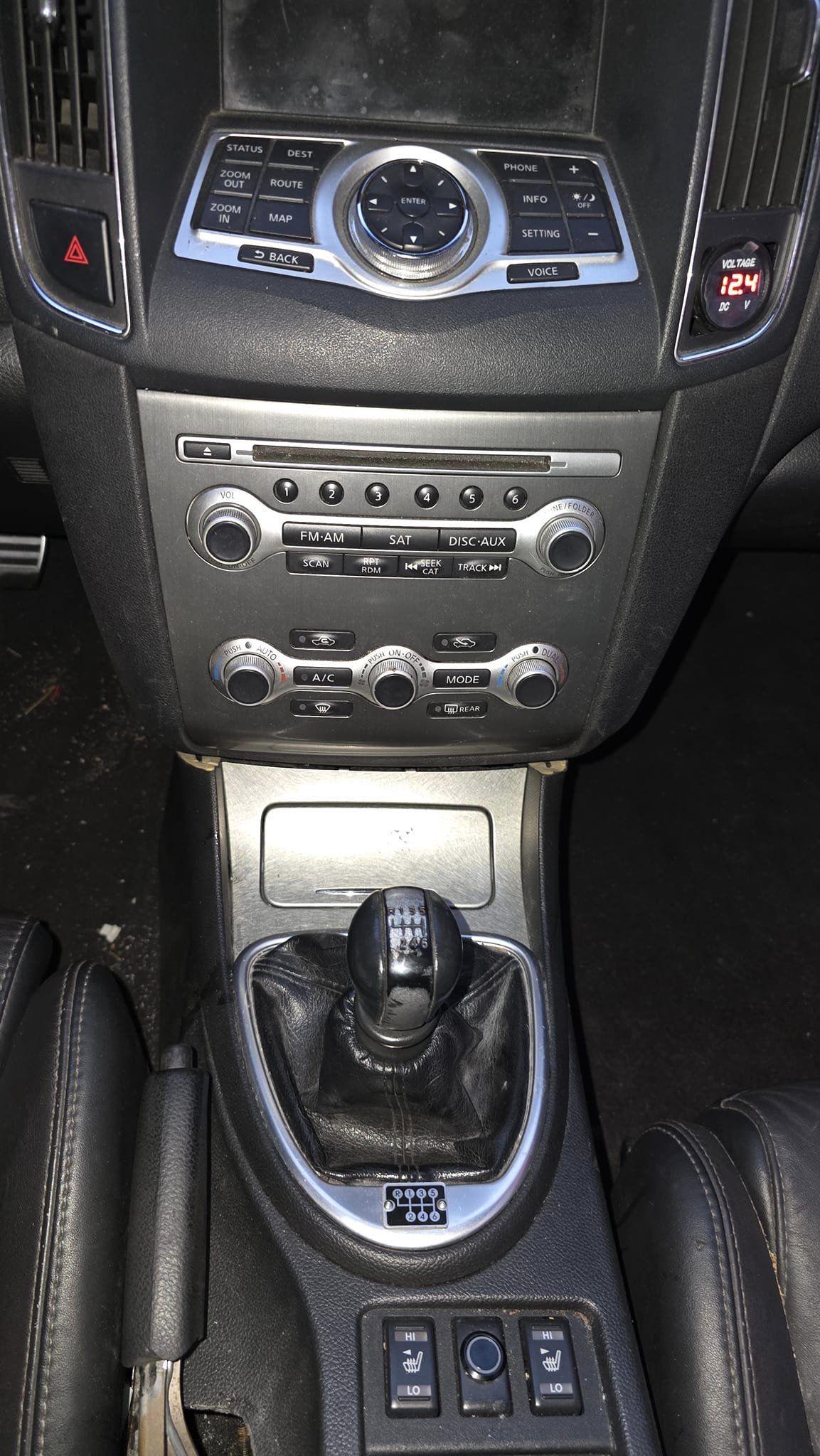
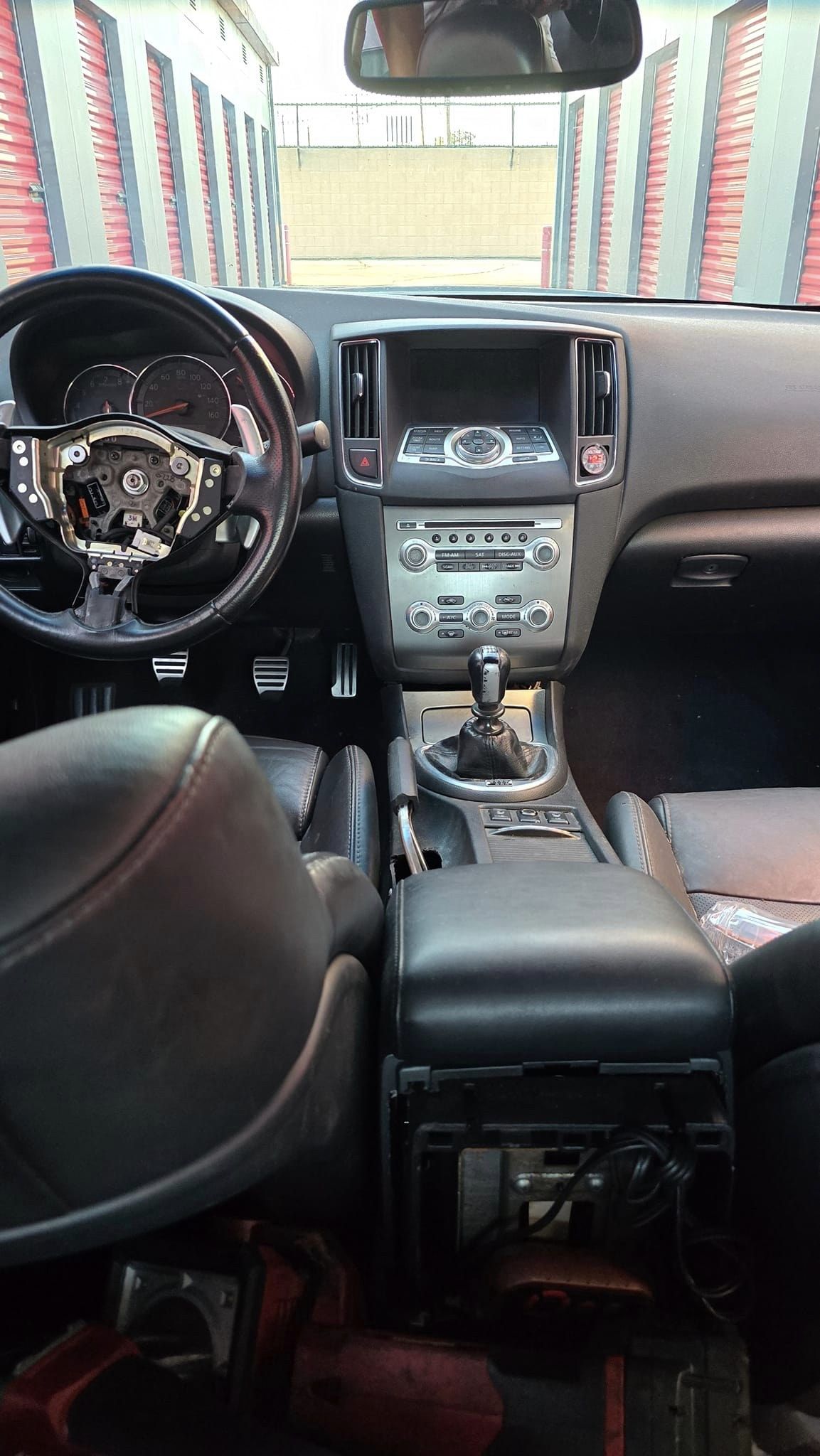




![]()
Owner: Josh Go Hard Neal
Year: 2012
Model: Maxima
Color: Charcoal
Transmission: 6-Speed Manual
Trim: SV













































![]()
Credit: Gerson Flores
What’s up guys! So many of you know I’ve been in the 7th gen 6mt game for a while. I’m the original creator for the 6mt swap list on my4dsc.com. Over the year we been seeing lots of swaps being done. Now the biggest issue we been having now is finding 2 OEM passenger AXLE to mate together in order for the swap to work.
I went ahead and made something that’ll make this swap a whole lot easier. It’s a axle spacer custom CNC design to fit any 07-12 Altima 3.5 manual axle. Now you won’t need 2 axle to make one. All you need to do is Just purchase a 07-12 Altima 3.5 manual axle and the spacer and boom swap it in. The people that have the swap done know how annoying this part is.
If you’re interested please send me a DM. trying to get a group buy going so it’s cheaper for everyone.
Current Count: 5
Pricing per Count:









![]()
Credit: Lagging Tryhard
![]()
Community Member Credit: Chris Strasser
There are also two variations of the 2nd Gen VQ35DE engine. A Maxima engine is equipped with EVT ( Exhaust Valve Timing ) and has a slightly higher compression ratio along with larger intake manifold and throttle body (75mm). The Altima engine has a slightly lower compression ratio, and is not equipped with EVT. The intake manifold and throttle body (70mm) are also a bit smaller.
Notes:





![]()
Community Member Credit: Eddy
This is a very detailed post for those who want to understand the different solenoids on the 2016+ VQ35DE engine. This is also helpful to those who want to use both IVT and EXT and need help identifying which solenoids to use. Have seen some cases of members doing Gen3 swaps and not using the correct solenoids. #knowledgeispower
Definitions
IVT = Intake Variable Timing
IVT-ILC = Intake Variable Timing – Intermediate Lock Control
EVT – Exhaust Variable Timing

The 2016+ Maxima incorporates a Continuously Variable Valve Timing Control System for both the intake and exhaust camshafts. Using inputs from various engine sensors (engine speed, coolant temperature, camshaft position, etc.), the ECM controls the camshaft position using pulse width signals (duty signals) to four solenoid valves. This makes it possible to control the shut/open timing of the intake valve to increase engine torque in low/mid speed range and output in high-speed range.
50% Pulse Width:
At 50% pulse width, oil flow to both hydraulic chambers is blocked. Any oil pressure in the hydraulic chambers is retained. The camshaft is retained in the current position.
Pulse Width Higher Than 50%:
At pulse width above 50%, Pressure A oil flow is allowed into the Advance Hydraulic Chamber, operating the camshaft timing in the advance direction. The amount of oil flow/pressure is continuously variable based on the pulse width from the ECM.
Pulse Width Lower Than 50%:
At pulse width below 50%, Pressure B oil flow is allowed into the Retard Hydraulic Chamber, operating the camshaft in the retard direction. The amount of oil flow/pressure is continuously variable based on the pulse width from the ECM.





The intake valve timing intermediate lock control improves the cleaning ability of exhaust gas at cold starting. To help control cold-start emissions, the intake valve timing intermediate lock is used to fix the intake camshaft sprocket with two lock keys, keeping the intake camshaft timing at the intermediate phase while the engine is cold.
When the engine coolant reaches normal operating temperature, oil pressure from the oil switching valve overcomes the spring pressure and the lock keys are disengaged. The control vane is free to move the camshaft to the advance or retard phase, based on oil pressure from the oil control.
Lock/Unlock Activation
When ECM activates the intake valve timing intermediate lock control solenoid valve, oil pressure generated in the oil pump is drained through the oil pressure path in the control valve. Since oil pressure is not acted on the lock key, the lock key position is fixed by the spring tension and the cam phase is fixed at the intermediate phase.
When ECM deactivates the intake valve timing intermediate lock control solenoid valve, unlocking oil pressure acts on each lock key. Lock key 1 is not released because it is under load due to sprocket rotational force. For this reason, lock key 2 is released first by being pushed up by unlocking oil pressure. When lock key 2 is released, some clearance is formed between lock key 1 and the rotor due to sprocket rotational force and return spring force. Accordingly, lock key 1 is pushed up by unlocking oil pressure and the intermediated phase lock is released.
The intermediate lock is controlled by the ECM using the intake valve timing intermediate lock control solenoid valve as follows:



When the ignition switch is turned from idle state to OFF, ECM receives an ignition switch signal from BCM via CAN communication and activates the intake valve timing intermediate lock control solenoid valve and drains oil pressure acting on the lock key before activating the intake valve timing control solenoid valve and operating the cam phase toward the advance position.
The cam phase is fixed by the lock key when shifting to the intermediated phase and ECM performs Lock judgment to stop the engine.
When starting the engine When starting the engine by cold start, ECM judges the locked/unlocked state when ignition switch is turned ON. When judged as locked state (fixed at the intermediate phase), the intake valve timing intermediate lock control solenoid valve is activated. Since oil pressure does not act on the lock key even when the engine is started, the cam phase is fixed at the intermediate phase and the intake valve timing control is not performed.
When the engine stops without locking the cam phase at the intermediate phase due to an engine stall and the state is not judged as locked, the intake valve timing intermediate lock control solenoid valve and the intake valve timing control solenoid valve are activated and the cam phase shifts to the advanced position to be locked at the intermediate phase. Even when not locked in the intermediate lock phase due to no oil pressure or low oil pressure, a ratchet structure of the camshaft sprocket (INT) rotor allows the conversion to the intermediate phase in stages by engine vibration.
When engine coolant temperature is more than 60°C, the intake valve timing is controlled by deactivating the intake valve timing intermediate lock control solenoid valve and releasing the intermediate phase lock.
When the engine is started after warming up, ECM releases the intermediate phase lock immediately after the engine start and controls the intake valve timing.

This is the general diagram simple used by most for their Gen3 VQ35DE swaps.

![]()
Community Member Credit: Victor Dragos
Notes:





![]()